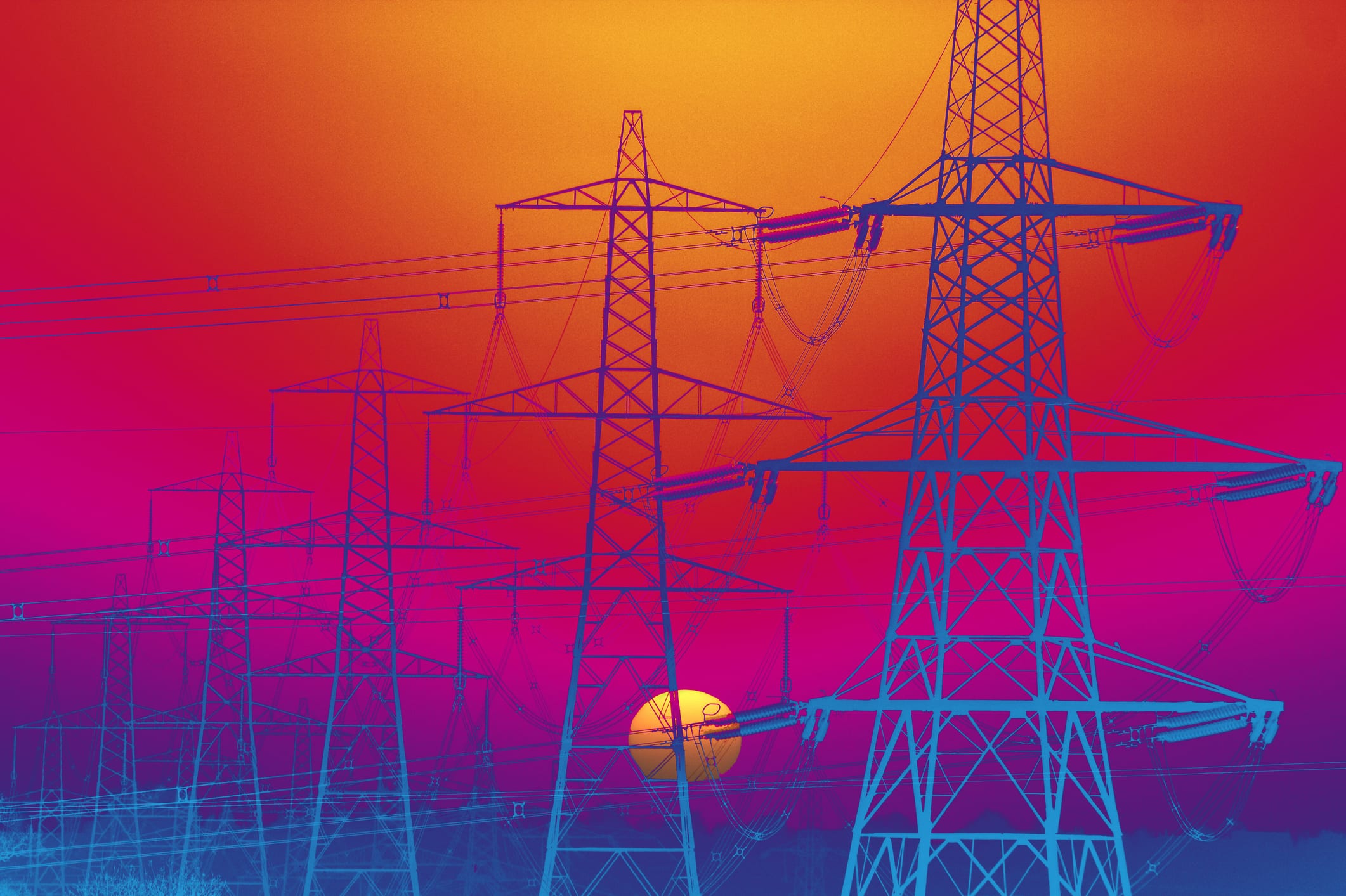Startups are increasingly on the front line as the U.S. Department of Energy nibbles at using Blockchain technology to secure the energy grid from cyber attacks.
Internet security startup TFA Labs won a $199,660 Small Business Innovation Research grant in July from the DOE to use Factom Protocol software to confirm whether the grid is infected with malware. It was one of three Blockchain-related grants among 231 awarded by the DOE as part of the 2019 Phase I Release 2 Awards under the Small Business Innovation Research and Small Business Technology Transfer.
While the DOE has awarded other grants, the amounts are low, at least one expert said.
With only two of the 231 grants in this awards round related to grid security, it “may not seem like the DOE is putting a lot of effort into seeking innovative solutions to secure the grid,”
Fei Wang, a senior research analyst at power & renewables consultant Wood Mackenzie, told Karma. “However, this batch of grants is not the only effort from DOE with a focus on Blockchain and grid security.”
TFA has opportunities to win more awards. The first phase of its project is expected to last until March, when a prototype should be finished. If the experiment advances to the next phase, TFA Labs could get about $1 million in funding from the department.
Factom Protocol is a ready-to-use platform to build Blockchain solutions. Factom is also working with the Department of Homeland Security to record camera and sensor data on a Blockchain ledger and with the Bill and Melinda Gates Foundation to see if the technology can digitize records of individuals who live in remote areas.
In fact, these are just the latest grants made by the DOE to explore uses of Blockchain in the energy grid. The department partnered with BlockCypher in January 2018 to develop solutions for settling energy transactions across multiple blockchains.
The department said on Jan. 7 that it would provide up to $4.8 million in funding for university research of technologies, including Blockchain, in areas such as securing data from fossil power generation sensors.
In April, the department announced Phase II of a grid security project with Taekion, formerly known as Grid7, LLC. The $1 million effort uses Blockchain to shore up security and prevent remote attacks such as those which afflicted Ukraine’s grid in 2016.
The National Energy Technology Laboratory said that a March 5 cyber event led to “interruptions of electrical system operations” at an unidentified utility in the western U.S. This affected California, Utah and Wyoming, but it did not result in any power outages. The North American Electric Reliability Council, which is responsible for setting guidelines and monitoring grid operations in the U.S. and Canada, said that the incident involved a vulnerability in the web interface of firewalls used by the utility.
More Focus on Security
“I wouldn’t be surprised if DOE, along with other public entities like NERC and FERC, will be increasingly more focused on grid security,” Wang said. FERC is the Federal Energy Regulatory Commission.
“Blockchain would likely be one of the approaches to be tested for security purposes, especially in light of recent events of blind spots at a grid control center and several small power generation sites in Western United States,” Wang said.
The DOE’s Office of Science awarded a $1.05 million grant to ComEd, the University of Denver, Virginia Tech and software company BEM Controls to create an energy internet that will enhance energy efficiency in buildings, ComEd said last month. This grant is being used for a Blockchain-based energy marketplace.
Blockchain first came into public consciousness a decade ago as the technology underpinning bitcoin. It is a secure public ledger of transactions operated by a decentralized peer-to-peer network with no central database of records. What makes Blockchain different from other peer-to-peer systems is that the history of the changes is almost impossible to alter.
There has been a surge in interest in the application of the technology in everything from banking to healthcare. The results have been mixed so far. Digital currencies like bitcoin have also received criticism from those who say terrorists are using cryptocurrencies to fund their activities and that they are too volatile.
The U.S. isn’t the only country looking to use Blockchain technology to facilitate electricity delivery and security. South Korea’s government will spend about $3.5 million to establish a Blockchain-enabled virtual power plant in the country’s second-biggest city, Busan. The plant will integrate the idle capacities of multiple energy sources to optimize power generation.
In the Netherlands, the Port and Municipality of Rotterdam has founded a Blockchain center, BlockLab, which aims to develop applications primarily for the energy sector. The growth of decentralized energy output at the port, with wind turbines and solar panels supplying power to the electrical grid, is presenting challenges that Blockchain may help solve.






















